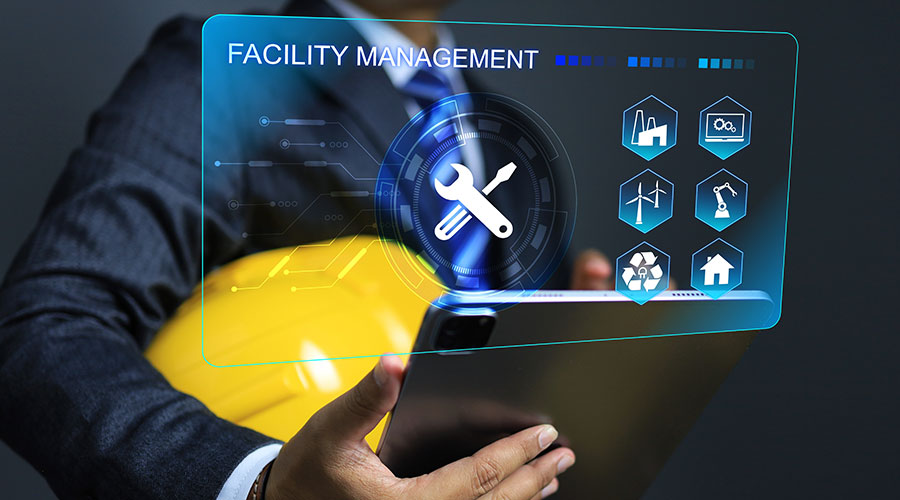« Return to FMDAA entries

JLL/ Adventist Health, Roseville, Calif.
JLL and Adventist Health formed a partnership in 2013 to modernize the operation, improve energy efficiency and sustainability. Liviu Ursachi is assigned to oversee the energy and sustainability program. The energy program promotes energy conservation, energy efficiency, energy demand reduction and renewable energy. The partnership achieved almost $4.5MM energy savings, with $800,000 in 2014, $1.4MM in 2015 and $2.25MM in 2016, which was 2.4 percent, 3.5 percent and 5.8 percent of the respective energy budget. 155 projects were completed among 482 identified projects. (Attachment 1) The partnership registered 280 buildings in the EPA Portfolio Energy Manager and won two Energy Star Awards in 2016.
Opportunities: The candidate is responsible for the formulation and direction of energy program for the JLL-Adventist Health partnership, which comprises of 20 medical centers and 200 clinics in four Pacific rim states of California, Oregon, Washington and Hawaii. He conceives energy savings ideas from JLL headquarters energy program, as well as from trade magazines like Facility Maintenance Decisions and Building Operating Management. He derives the energy program for healthcare operations, and specifically for Adventist Health.
Challenges: There are national, state and local rules in operating these four-state healthcare facilities, especially for California hospitals. These programs must meet Title 24 and Office of Statewide Health Planning and Development (OSHPD) requirements. He trains, coaches and mentors local and regional facilities directors via WebEx, seminars or in person visits to promote and drive energy programs.
For conservation projects, the teams starts with temperature reset and turning off lights and computers. It moves onto LED light replacement by working withLos Angeles Department of Water and Power (LADWP) to vet a specific plug-and-play linear LED that meets Title 24 and OSHPD requirements. 20,000 LEDs were installed reduced 2,660,000 kWh, avoiding $480,000 energy bill and received $65,000 rebates. (Attachment-2)
Program and Outcome: Other programs like VFD replacement, equipment alignment and filter replacement are appropriately performed. Some sites participate in demand response or energy curtailment program to support local utilities on high electricity-demand days. They also explored solar program, battery storage program and microgrid program. This will be realized in years to come. In 2015-2016, a 1,000 kW microturbine project was completed in a Southern California hospital that leads to substantial energy savings and self-reliance. First-year energy savings exceeded $534,000 with power generation of 5,185,000 kWh. This project qualifies for the Self-Generation Incentive Program and has received $288,000 rebate in 2016. In 2016, the candidate registered 280 properties in the EPA Portfolio Energy Manager to track energy performance. To date, 41 buildings have achieved 10-35 percent energy reduction generating 15 percent aggregate energy savings, enabling energy reduction by 5,800,000 kBtu (i.e. 17,000,000 kWh). This is equivalent to not burning 5,500,000 cubic feet of natural gas or 480,000 pounds of coal. The energy saved will provide electricity to 60 homes. Environmentally, it reduced 410 metric tons of carbon dioxide emissions or having 390 acres of forest. (Attachment 3 - Data & Analysis).
The candidate champions the Energy Star program. He led a team in January 2016 to audit the Sonora Regional Medical Center. This 138,000 square foot hospital facility subsequently received the Energy Star label in May as the first Energy Star Hospital in California in 2016 (Attachment 4). This hospital recorded $250,000 savings with 333,333 kWh reduction.
The candidate is active in promoting water conservation. Fixing all pipe leaks, checking steam traps, adopting to drip irrigation where possible and converting to low-flow toilets are some of the fundamental approaches. White Memorial Medical Center alone registered 170,000 gallons of water saved by changing 147 toilets to 1.28 gallons per flush. (Attachment 5).
Healthcare has a set of unique rules and regulations as mentioned before. Attached herein (Attachment 6) is a road show presentation to train facilities showing internal approval by infection control and regulatory departments were obtained after cleared with external agency like OSHPD and the California Department of Public Health for a non-aerating laminar water flow control device. By implementing this device, 30-50 percent water savings can be achieved. Three medical centers have installed them. They will save 8,400,000 gallons of water and $100,000. (Attachment 7). More facilities will follow in the month and year ahead.
JLL-Adventist is very proud of the candidate and the Energy the Sustainability achievement he brings. Liviu Ursachi labors for it and deserves the recognition.
In-house participants: Liviu Ursachi, Facility Energy Analyst Matthew Atwong, Corporate Director of Engineering Tom Miroslaw, VP, Sustainability Gary Kolberg, SVP, Director of Operations Dale Grandlic, VP, Assistant Director of Operations Juan Ruiz, Facility Manager Allen Oxender, Facility Director.
Additional Information
Facilities Energy Report » (pdf)
Energy Savings Chart » (pdf)
Flow Project Savings » (pdf)
Annual Savings » (pdf)
↑ Back to top








